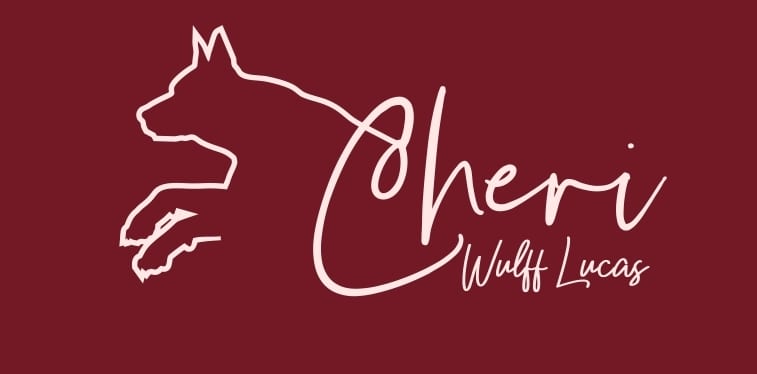
We will only be able to understand dog behavior when we completely embrace the concept that a dog wants to be seen and related to as a dog… nothing more, nothing less. Makes perfect sense, yet for most people struggling with their dog’s unacceptable behavior, it’s a difficult concept to come to terms with.
Western cultures in particular seem to humanize dogs more than third world countries. We seem to insist that our dogs play the role of fur covered babies, who require constant reward, praise and affection. Our dogs, on the other hand, are extremely uncomfortable being related to in this way.
No dog owner would deliberately cause his or her dog to become insecure or confused. Yet that’s exactly what takes place when we relinquish our position of authority with our dog by not providing him with guidance, leadership, or direction. Big mistake.
A dog can be humanized all day long, but in the end he will still be a pack animal, hard wired with a drive that insists be part of a cooperative social structure. A pack. Herein lies the rub: if the dog’s owner is not perceived as the leader of that pack, the dog has no other choice than to step up to the place and take on that role.
For a dog, a world without discipline or structure is a frightening place to be. Dogs instinctively realize they are not equipped to manage a human household. But that’s exactly the role we inadvertently thrust them into by not making it clear we’re in charge. The dog feels the weight of the world on him.
When a client brings a troubled dog to me, I evaluate the severity of the dog’s issues, but more importantly, the willingness of the owner to make significant changes in how they interact with their dog. Some cases are easy fixes. The owner merely needs more information and a customized strategy that addresses their dog’s behavior. If the owner is highly motivated and committed, he goes home with his dog to continue with the rehabilitation process.
Other cases are more involved: The dog’s bad behavior has escalated over months or years. The dog may be fighting with another dog in the home. Perhaps he’s begun to redirect on the owner when he becomes frustrated. He’s impossible to walk without lunging at other dogs or people. He might even have a bite record.
These severe cases usually require an intake of the dog to the Second Chance Ranch. The dog needs to be immersed in a completely disciplined environment. He needs daily pack walks with a group of balanced dogs. His individual behavior issues need to be addressed with structured sessions multiple times a day.
Turning the dog around is usually the easy part. The dynamics of the relationship between the dog and his owner must now be turned around for the rehabilitation process to be successful. This often feels like a “born again” experience for the owner. He or she must give up their way of thinking and interacting with their dog, and replace it with proper and healthy ways of relating. They must fully embrace the information they’ve obtained about how to manage their dog, and not deviate from it. It is often a difficult process for the owner, and at first, it may feel very unnatural.
If the owner stays committed and stays on course, he WILL experience success with his dog. And more importantly, he’ll learn a great deal about himself. He will have learned how to remain calm in situations that at one time made him panic. His bond with his dog will now be based on healthy respect. His dog will become his joy, and not his burden.
Nothing worth doing in life is easy. But the reward of tackling difficult issues and achieving success with them makes it all worthwhile. The journey requires effort, ability and commitment. But in the end, there is no sweeter prize than to have a balanced and compatible relationship with your dog.
I understand the important role the human plays in the dog’s rehabilitation. That’s why I always commit to my clients that I will be there to teach, guide and follow up with them both during and after their dog leaves my care. My goal is twofold: rehabilitate the dog, and teach the owner how to maintain the work. If my clients are 100% committed to this goal as well, then only success lies in the future.
